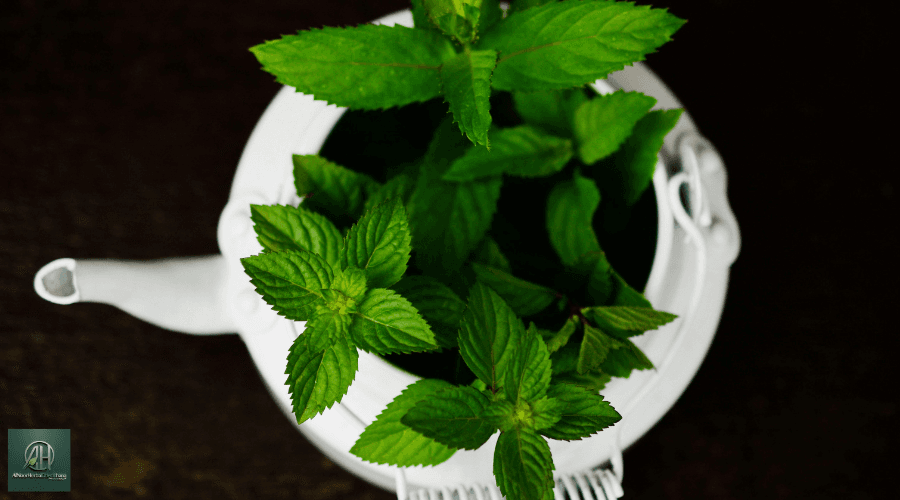Table of Contents
Herbal Treatment For Rosacea
Natural Remedies for Soothing Skin Herbal treatment rosacea helps people reduce their skin redness while controlling inflammation without using artificial substances. Learning about optimal rosacea treatments and natural remedies and lifestyle changes and herbal remedies for rosacea management.
Introduction
The skin condition known as rosacea leads to facial redness while adding red visible veins and forming bumps. Many seek herbal treatment rosacea as a natural solution.
Different herbs hold dual properties to fight inflammation while bringing refreshing relief to the symptoms. The article investigates different herbal rosacea remedies together with life management changes and conventional medical tracking.

Understanding Rosacea Symptoms of Rosacea
• Redness on cheeks, nose, forehead, and chin
• Swollen blood vessels
• Pimples or bumps resembling acne
• Burning or stinging sensation Causes of Rosacea
• Genetic factors
• Environmental triggers (sunlight, wind, spicy food)
• Immune system response
• Mite infestation (Demodex folliculorum)
Herbal Treatment Rosacea:
Natural Remedies
1. Green Tea
• Contains antioxidants and anti-inflammatory properties
• Reduces redness and irritation
How to use:
Cool down green tea by allowing it to steep then use a cotton pad to apply the liquid to the affected area.
Drink two cups daily
2. Aloe Vera
• Hydrates and soothes skin
• Reduces inflammation
How to use:
Fresh aloe gel extraction followed by its application to treated skin areas should be performed. Leave for 20 minutes and rinse with cool water
3. Chamomile
• Has calming and anti-inflammatory effects
• Reduces redness and irritation
How to use:
Chamomile tea requires brewing before cooling it into a solution. Apply as a facial rinse twice daily
4. Licorice Root
• Helps reduce facial redness
• Strengthens skin barrier
How to use:
Mix licorice root extract with moisturizer apply twice daily
5.Chamomile
• Has calming and anti-inflammatory effects
• Reduces redness and irritation
How to use:
Chamomile tea requires brewing before cooling it into a solution.
• Apply as a facial rinse twice daily

| Treatment Type | Benefits | Drawbacks |
|---|---|---|
| Herbal | Natural, fewer side effects | Requires consistent use |
| Topical Creams | Quick results | May contain harsh chemicals |
| Oral Antibiotics | Reduces inflammation | Long-term side effects |
| Laser Therapy | Effective for severe cases | Expensive |
Lifestyle Tips to Support Herbal Treatment Rosacea
People with rosacea need to discover and get rid of all triggers present in their condition which includes both spicy foods and alcoholic beverages. Fragrance-free cleansers form one component of skincare products that people with rosacea should utilize for their daily routines. Hydration of the skin depends on enough water intake. The protection from UV rays requires sunscreen applied on the skin. Managing stress should include practicing yoga together with meditation while performing deep breathing sessions.
FAQs
1. is Initial skin testing is mandatory before using herbal treatment?
Initial skin testing is mandatory before using herbal treatment rosacea but it approves for all types of skin.
2. What are the duration for herbal treatment to produce noticeable results?
Using herbal treatment for 4-6 weeks at a minimum demonstrates the best results.
3. Is it suitable to combine different herbal treatments simultaneously?
You can use herbal treatments together but you should introduce them gradually in order to prevent skin irritation.
4. Does diet affect rosacea symptoms?
The combination of reducing consumption of spicy food and alcohol and caffeine intake leads to less rosacea flare-ups.
5. Does herbal medicine present any adverse effects to the user?
Most herbal remedies show safety to users though they might cause light skin irritations for certain individuals.
Summary
The herbal therapeutic approach provides patients with a kind gentle method to treat rosacea symptoms. Following a healthy lifestyle alongside natural remedies enables people to minimize redness and irritation. The keys to achieving effective outcomes in this process require both patience and consistency practices.




